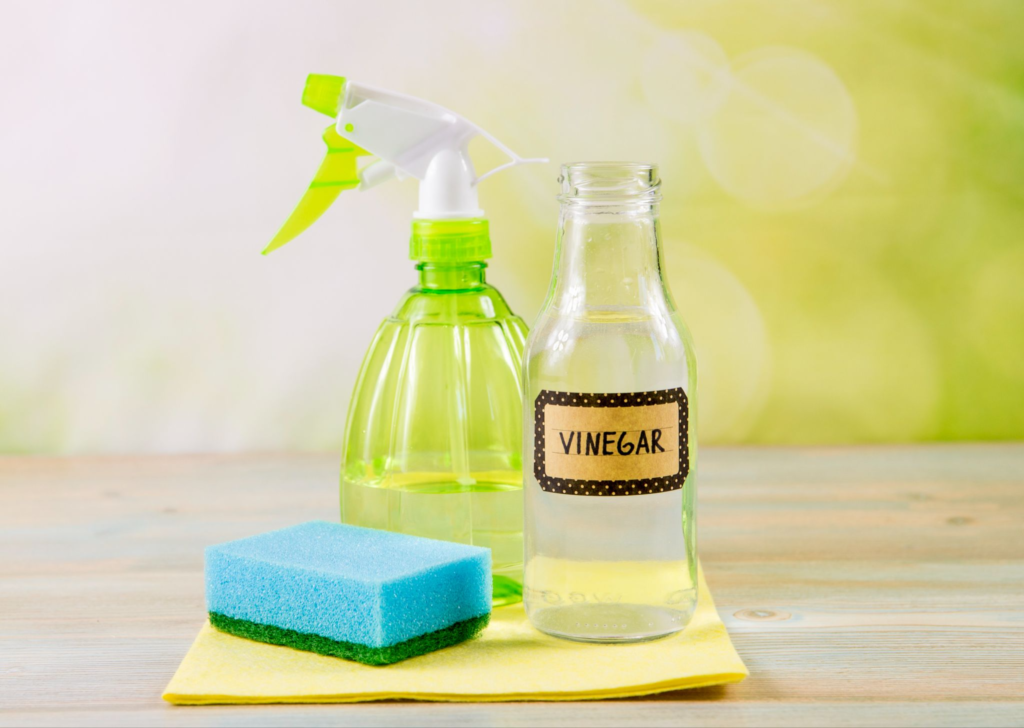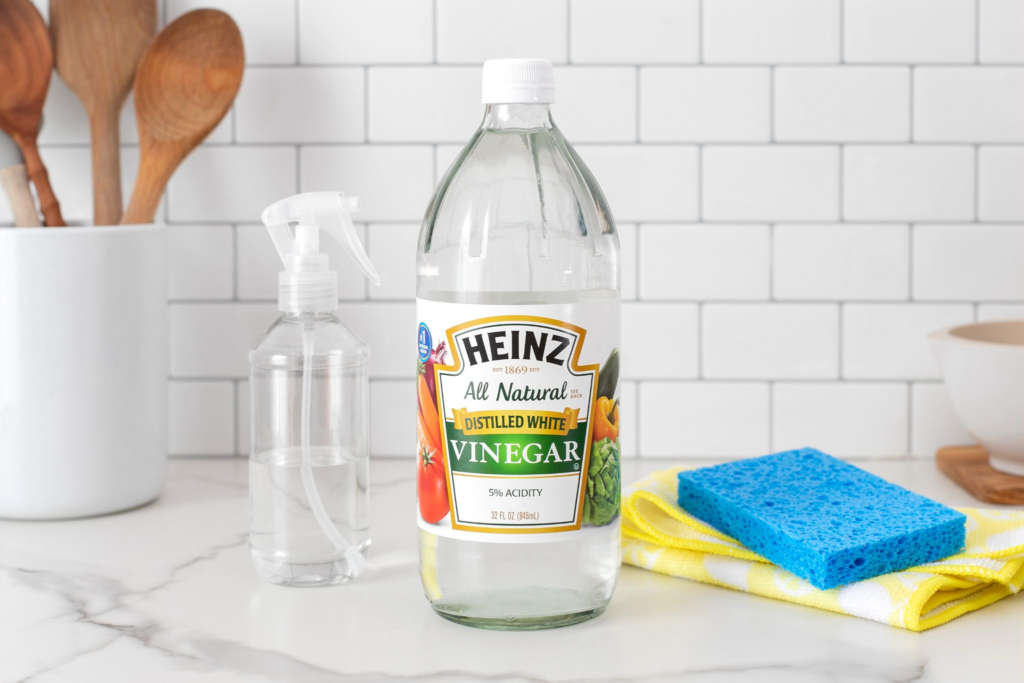Came here to know the difference between cleaning vinegar and white vinegar? Then, you are at the right page.
When it comes to household cleaning and cooking, vinegar is a versatile and popular choice. However, there are various types of vinegar available, each with its own properties and uses.
Most people get confused with Cleaning Vinegar and White Vinegar. But don’t worry! In this article, we will tell you the difference between cleaning vinegar and white vinegar which are the two commonly used products.
Related Post:- Affresh Dishwasher Cleaner vs Vinegar : What Are the Differences?
Cleaning Vinegar: Overview

Source: cdn.mos.cms.futurecdn.net
Cleaning Vinegar is also referred to as distilled vinegar, is a type of vinegar which is specifically made for only cleaning use. Alcohols are produced by distilling grain into alcohols, which are then left to ferment while micro-organisms convert the alcohol to acetic acid, water, or vinegar.
Cleaning Vinegar is stronger than regular white vinegar because it typically has an acidity level of 6% to 8%.
We’ve also covered a post on mopping hardwood floors with vinegar, which you can find here: Pros and Cons of Using Vinegar and Water to Mop Hardwood Floors .
White Vinegar: Overview

Source: storage.googleapis.com
White Vinegar, also referred to as distilled or spirit vinegar, has been a staple in homes all across the world for thousands of years.
Standard white vinegar is a clear solution that typically has 93-96% water and 4-7% acetic acid.
The majority of white vinegar is produced by fermenting grain alcohol (ethanol). Since this type of alcohol doesn’t naturally contain many nutrients, extra components may be added to jump-start the bacteria fermentation process, such as yeast or phosphates.
If you’re interested in knowing about dish towel and tea towel comparison, be sure to read our recent blog post here: What is the difference between a Dish Towel and a Tea towel?
Exploring the Difference Between Cleaning Vinegar and White Vinegar

Source: cdn.apartmenttherapy.info
| Difference | Cleaning Vinegar | White Vinegar |
| Acetic Acid | Cleaning Vinegar has 94% water and 6% acetic acid. | In comparison, white vinegar in the food section contains 5% acetic acid and 95% water. |
| Purpose | It is a single-use item that you should only use to prepare a vinegar cleaning solution. | This can be used in a variety of applications, from cooking to cleaning. |
| Availability | Cleaning vinegar may not be readily available in all locations. | You can buy white vinegar from supermarkets and grocery stores because it is easily accessible for all consumers. |
| Price | It is more expensive than white vinegar because of its specialized formulation. | White vinegar is affordable, making it a cost-effective option for different applications. |
| Level of Acidity | Due to higher acidity level, cleaning vinegar is generally more potent in terms of cleaning efficacy. | Whereas, the milder acidity level of white vinegar makes it more suitable for culinary uses where a less aggressive flavor is desired. |
Looking for more such informational articles? Then, read our other information comprehensive guides which you can find here:
Which One to Buy: Cleaning Vinegar or White Vinegar?

Source: tmbidigitalassetsazure.blob.core.windows.net
Well, the decision of buying between these two vinegar variants depends on your specific needs and preferences. Still, I will help you and make it easy for you so that you can make a wise choice.
Cleaning vinegar has an acidity that is at least 20% higher than distilled white vinegar. That is the primary difference, and 20% extra acids make a significant difference mostly in terms of edibility.
Distilled white vinegar can be used for cleaning, but cleaning vinegar is typically not used for cooking because the additional acid it contains when used in cooking can be dangerous.
Want to learn about Dyson vacuum’s secret behind their heavy price? Then, read our guide on: Why are Dyson Vacuums so Expensive?
Conclusion
To conclude this article, cleaning vinegar and white vinegar are both distinct from each other in terms of acetic acid, price, availability, purpose and level of acid.
Cleaning vinegar is mostly used for cleaning purposes whereas white vinegar can be used for cooking purposes because it gives a milder flavor profile.
If you understand these differences properly, then you can make a decision and select the appropriate vinegar for your specific needs, whether it be for cleaning and culinary purposes.
If you enjoyed this article and found this article helpful, be sure to read our more detailed guides which you can find here:


